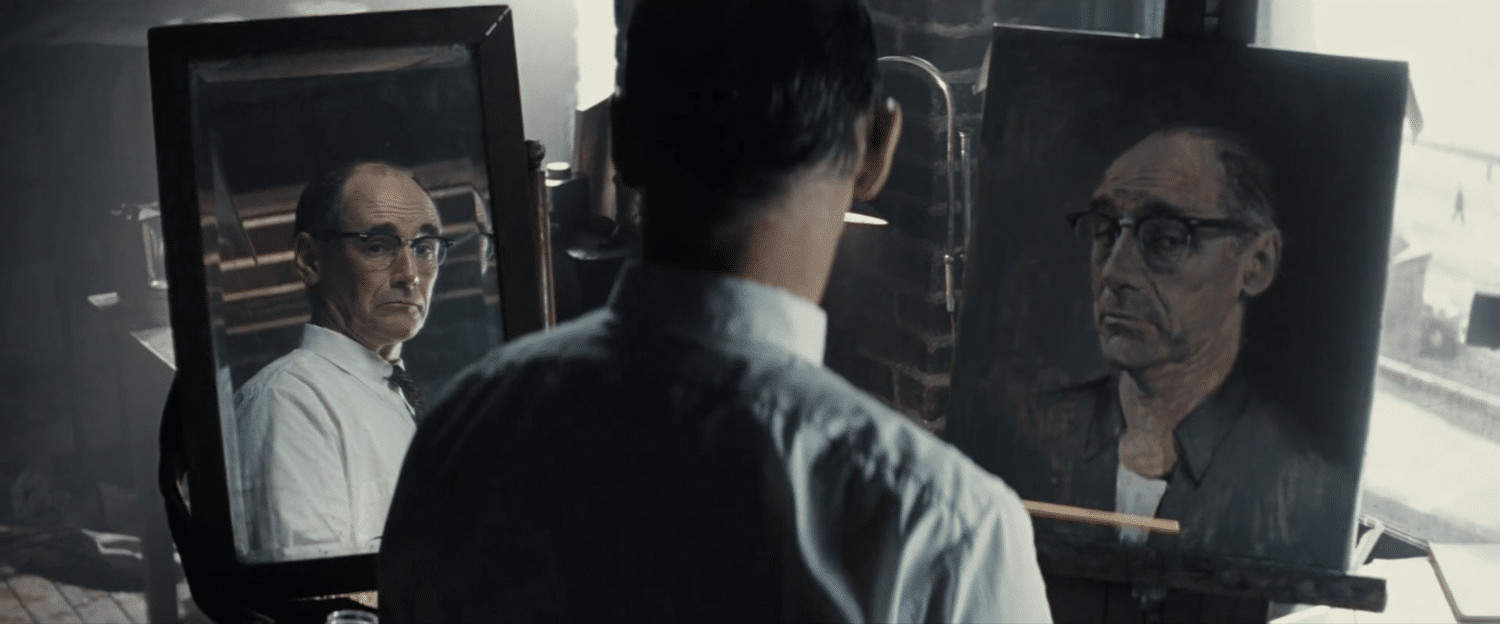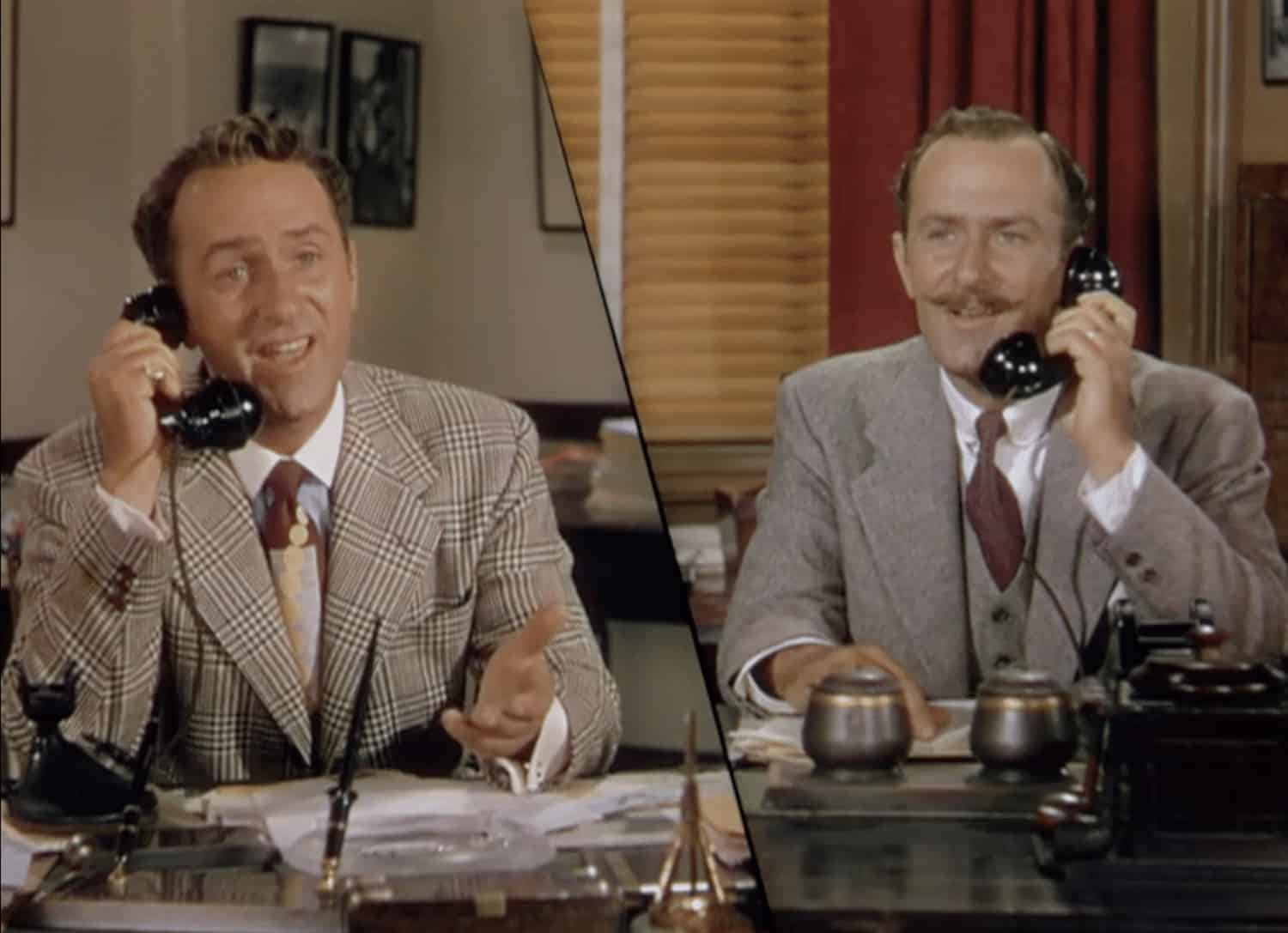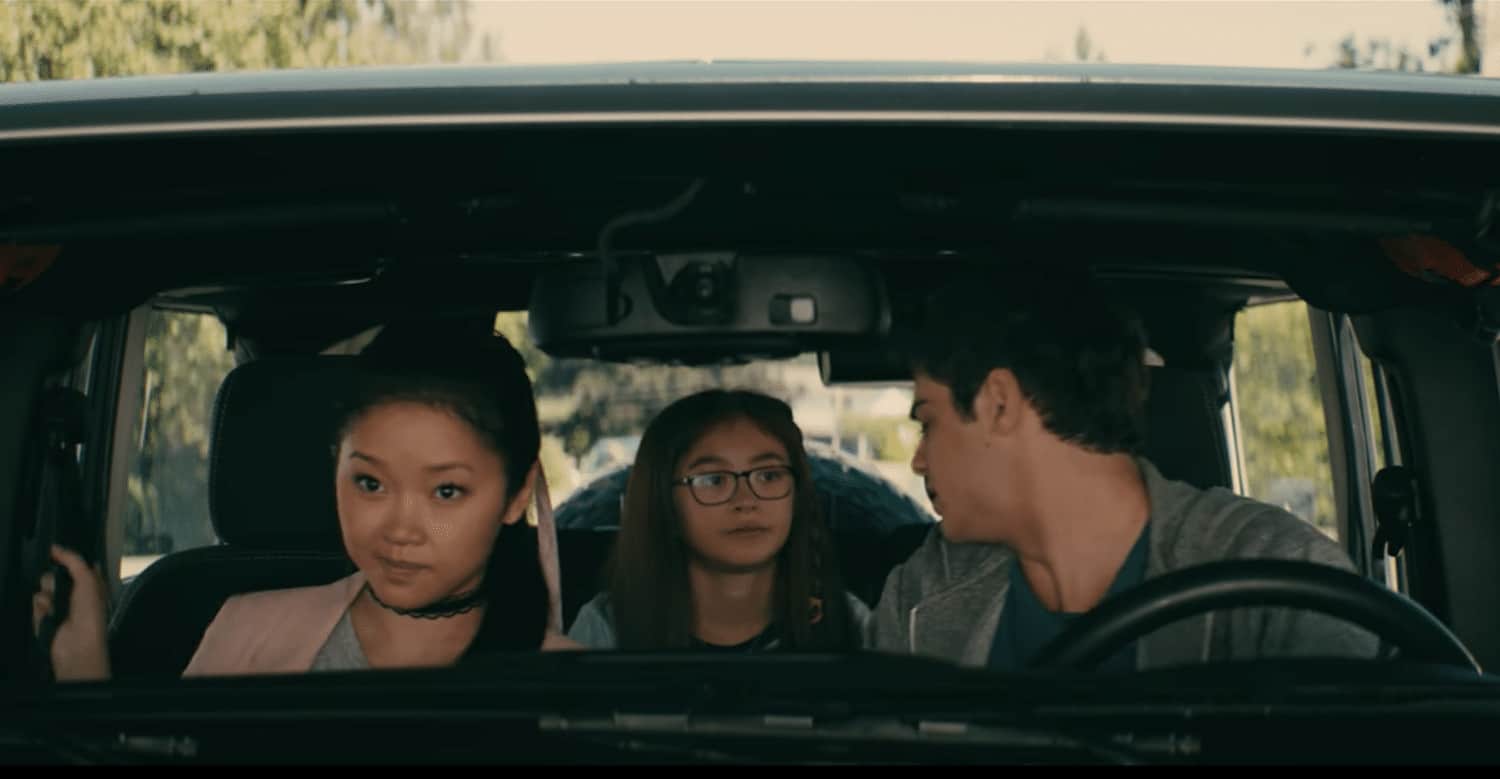
Movies are weird in a lot of different ways, and one of the most fascinating is the way in which they do certain weird things that give the illusion of being totally normal—even though they are, upon deeper reflection, incredibly strange.
An important thing to note about movies is that they are more concerned with keeping with what appears normal as opposed to what actually is. In other words, movies (usually) want to appear realistic, and in order to do that, it’s more important to play to audience expectations and assumptions about how the universe functions instead of how things actually work. You would expect these two goals to be more or less synonymous, but they really aren’t. Standard movie scenarios—car chases, shoot-outs, world-saving missions—are so far outside the realm of what typical moviegoers will ever experience in their lifetimes that they have veritable encyclopedias of expectations and assumptions based entirely on movies that have come before. And as many movies seem to pull primarily from other movies, you end up in a sort of infinite echo chamber.
But this is all very broad, so let’s consider a specific example—the phrase “enhance.” If you have ever seen a police procedural or a mystery film that takes place after the year 1990, you have undoubtedly encountered a scene in which an investigating team digs up some key footage—from a security camera or satellite or so and so forth. The team isn’t sure exactly what they’re looking for or if they’ll find anything. Suddenly, our protagonist has a “Eureka!” moment and turns to the techie in the room, demanding they zoom in on a particular area of the image, and then “enhance” the resulting pixelated mess into 4K clarity, revealing some case-breaking detail—which the techie easily accomplishes with a few strokes of the keyboard. Of course, anyone who knows anything about tech or has worked with digital video files knows that that is, tragically, not how things work. Thankfully, there have been certain indications (see: HBO’s Barry) that things might be moving away from this hugely popular and quite lazy plot device.
Though widespread, the “enhance” fallacy is quite a niche example. Movies also feature much more widespread but equally fallacious cheats. While there are some common movie quirks that require willing suspension of disbelief—the way armies of “trained” goons can never shoot straight once the hero shows up, the concept of Ryan Gosling having trouble finding a date—the three lies listed here are among those so omnipresent they actually feel natural until you stop to consider how strange they really are.
The Venus Effect

Pop Quiz: Mark Rylance is looking in a mirror. In the mirror, you see his reflection. What does Mark Rylance see?
If this seems like a trick question, that’s because it is. While “his reflection” might seem the obvious answer, it’s also wrong. By the actual spatial logic of mirrors, if you see his reflection in the mirror, that means he sees you—or, more accurately, the camera. More often than not, movies treat mirrors as if the audience sees the same reflection that the character does—e.g. having a character react to something seen in a mirror from the camera’s perspective—even though that is never the case. This little perceptional quirk is known as the “Venus effect,” and movies can’t really take the blame because paintings started doing it hundreds of years before the invention of celluloid.
You Don’t Say Goodbye and I Don’t Say Hello

In the real world, most human interactions, whether it be an introduction, running into an old friend in a coffee shop, or a phone conversation, begin with some version of “Hello” and end with some form of “Goodbye.”
Part of this is being polite. But unlike some other social niceties, such as asking someone “how are you?” in passing when said person only has time for a one-word response that must be either “good” or “great” (seriously, why do people do this), “hello” and “goodbye” actually serve functional purposes: “hello” indicates one party’s intent to start a conversation, “goodbye” the intent to end it.
However, all this “hi”/”bye” stuff gets repetitive, so a lot of screenwriters just cut it out. Especially the “bye” part. Please note that applying this strategy in real life will have you very quickly labeled “rude” and may have adverse effects on your social life.
Seat Me In The Middle

Anyone who has ever ridden in a car knows that the one and only time someone sits in the middle seat of a typical five-seater is when there are actually five people seated in the car. I carpooled throughout elementary school. Battles were fought over whose turn it was to sit in the dreaded middle seat. You don’t have a window, you don’t have a cup holder, and in some older car models, you only have half a seatbelt because you are presumably the most disposable person in the vehicle.
Yet, an alien who knew nothing about humanity beyond the contents of a Netflix account would think that sitting in the middle with the entire back seat to yourself is the standard operating procedure. This is false. Nobody does this. Except in movies and TV of course, where everybody does this because the cinematographer wants a balanced shot composition. If there are three people in a car and the third person sits in the middle seat, you can throw a camera on the dash and presto, everybody is in the frame, nice and symmetrical. It makes perfect moviemaking sense, but in terms of veracity, it’s up there with unicorns.
Related Topics: Opinions

